
Recommendation
In 1966, economist William J. Baumol and his colleague William Bowen introduced their “cost disease” concept. Since then, their hypothesis, which explains why health care and education expenses always will always increase, while manufacturing costs will always fall, has proven accurate. Baumol says that their theory could “be the longest valid forecast ever to emerge from economic analysis.” He tracks why these fees constantly skyrocket – and it’s not the nonsense that poorly informed politicians spread. He also clarifies why people will continue to be able to afford health care and education. getAbstract recommends Baumol’s important, expert explanation to those seeking to learn why some costs rise while others fall, and how to extrapolate such costs to construct an idea of future expenses.
Summary
About the Author
William J. Baumol, the academic director at the Berkley Center for Entrepreneurship and Innovation at New York University, is a professor emeritus at Princeton University.










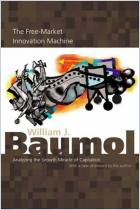
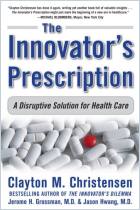
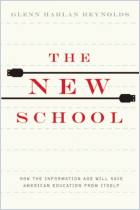
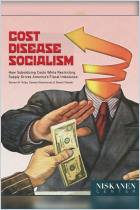
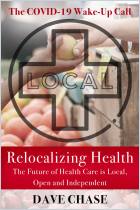
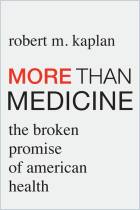
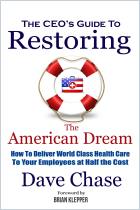





Comment on this summary or 开始讨论